I'm trying to wrap my head around CGS's. Let E^* be 'epsilon star', e be the empty string, and ww^r be w next to the reverse of w.
I know that building up a CFG to accept E^* is a simple S -> 0S | 1S | e.
A CGG that accepts {ww^r} such that w in E^* is a simple S –> 0S0 | 1S1 | e.
Does that mean a CFG accepting {wxw^r} such that w, x in E^* is a sort of 'composition' of these two resulting in S –> 0S0 | 1S1 | e | B where B –> 0B | 1B | e?
